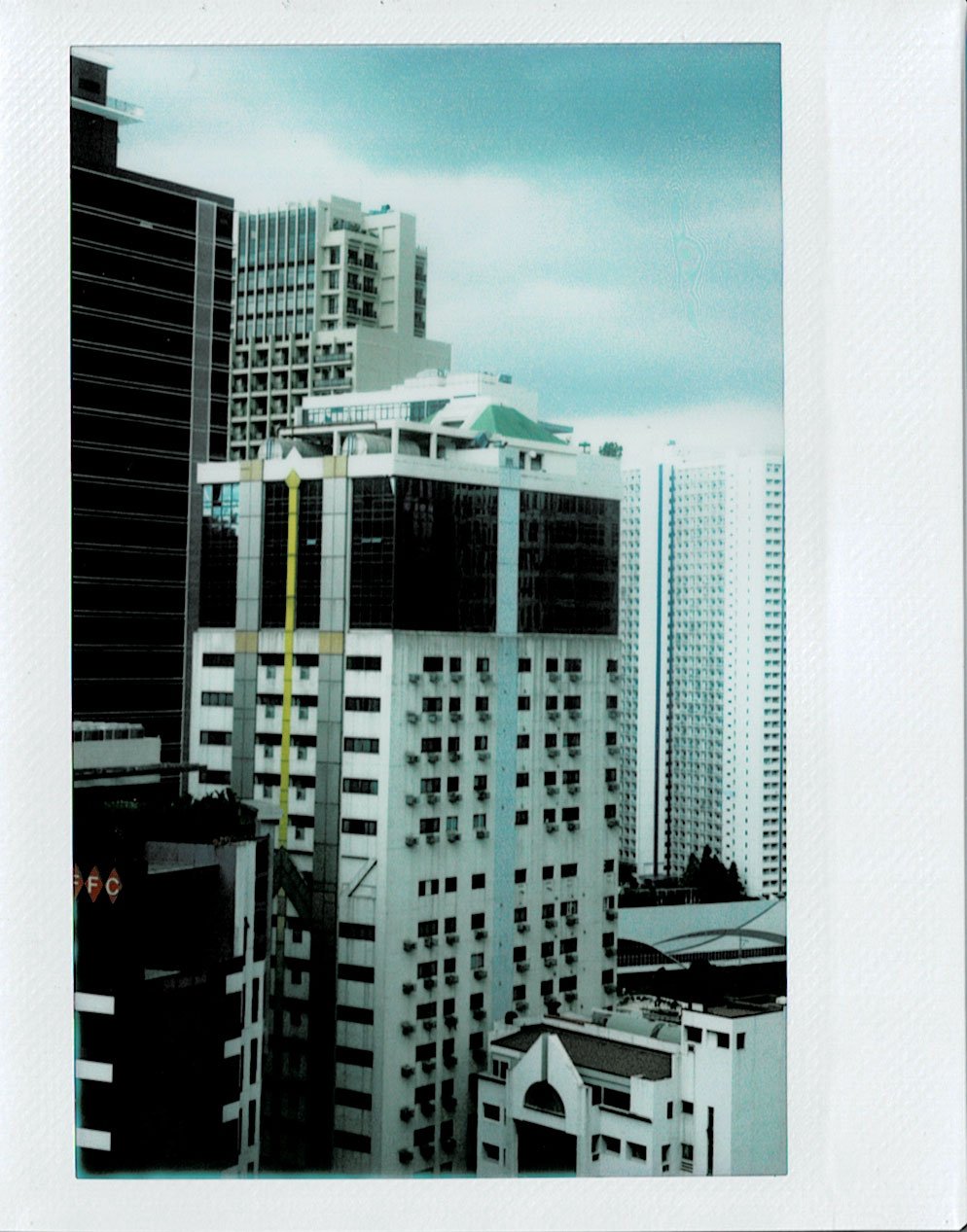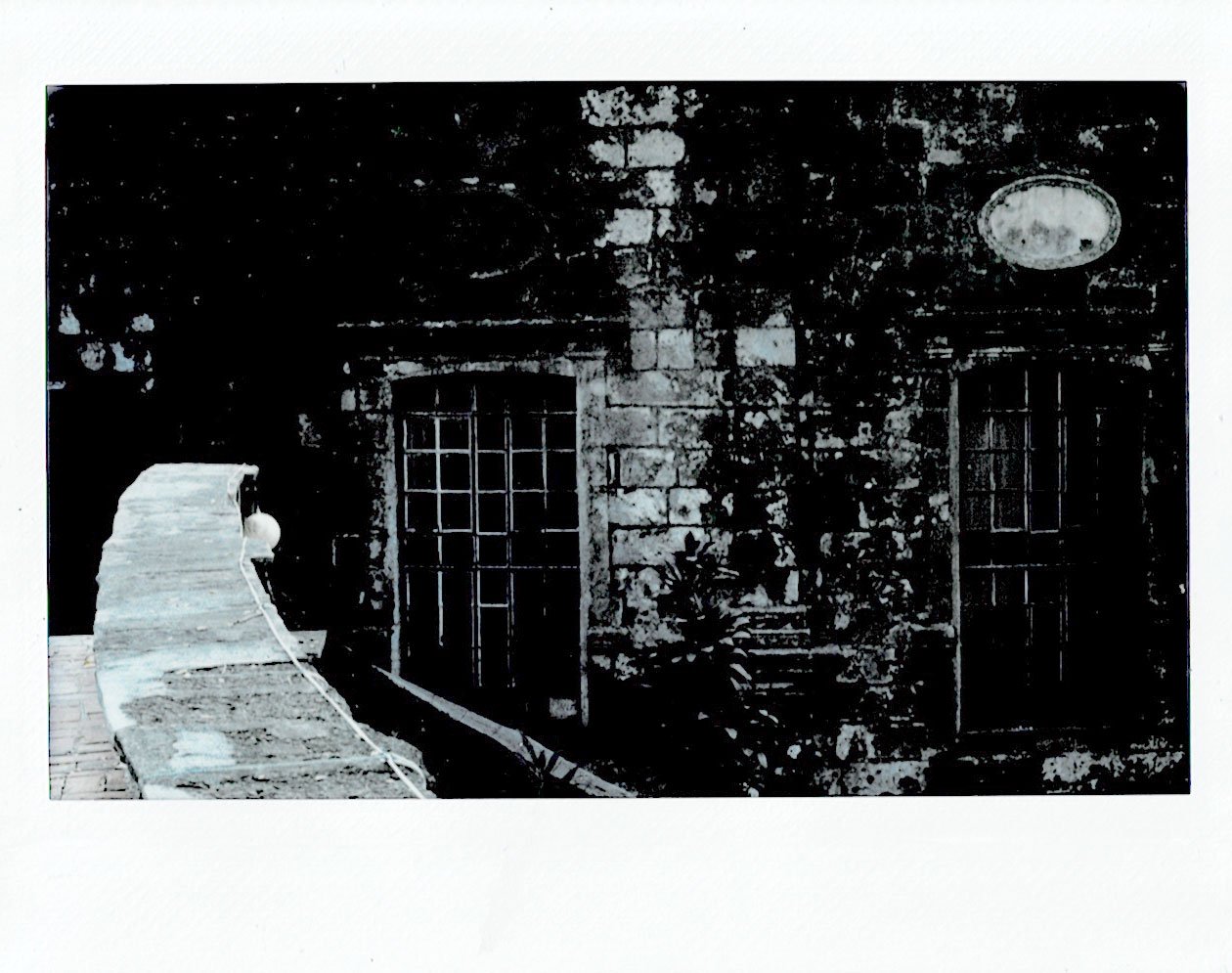LomoGraflok with my 4x5 large format
Paco Park in Manila
Instax Wide is the largest instant film format on the market, and now possible to create images with large format cameras. It is far from the 4×5 instant film back in history — Polaroid was exceedingly standard for many cameras in the film epoch.
Creating images on a single sheet of film with a manual camera compels the photographer to slow down and think about every technical and creative process step.
Attention to detail and mental concentration is amply rewarded by the pleasure from watching images appear successfully. The whole remarkable history of the photographic process comes alive right in the palm of your hand.
It's a one and only image. There is no digital file saved. When a picture is created, that picture is individual and one of a kind. Instax is a daylight-balanced (5500K) film at ISO 800.
This means that you must be careful at ISO 800 to keep highlights and shadows balanced. If there are too many shadows and highlights details, it's easy to overexpose images in bright daylight.
Once you have your tripod and camera prepared, you typically have to follow a series of steps when creating images with a 4×5 camera.
The sequence that you must remember is as follows:
1. Set up the tripod
2. Lock all parts of the tripod
3. Attach the camera to the tripod
4. Attach the lens
5. Attach cable release
6. Open the shutter and aperture
7. Focus approximately by sliding the frame mask in front of the ground glass, much like you would a film holder.
8. Position the camera for the best composition
9. Check focus
10. Stop the lens down
11. Close shutter
12. Detach the ground glass and attach the LomoGraflok back and lock it into place
13. Meter the scene
14. Set the correct shutter speed
15. Cock shutter
16. Remove dark slide
17. Fire shutter
18. Replace dark slide
19. Write down your exposure/camera settings
20. Pack up
When taking a meter reading or using the sunny 16 principles, the film's sensitiveness is essential to note. Instax film is rated ISO 800.
Everything is pretty straightforward, and if you are accustomed to creating images with large formats, you shouldn't have any problems. The most significant pain point, without a doubt, is the extra steps that involve removing and reattaching the ground glass. All these steps make it easy for your frame to shift, so a solid tripod and head are needed.
The power-on button enables the dark slide to be removed, and exposure is done as expected. Reinsert the darkslide, and the exposed film is ejected with the other button, and you have your image.




